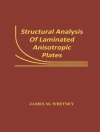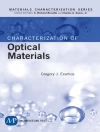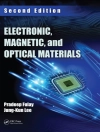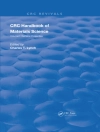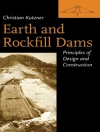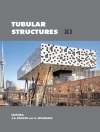This book was developed with the goal of providing an easily understood text for those users of the scanning electron microscope (SEM) who have little or no background in the area. The SEM is routinely used to study the surface structure and chemistry of a wide range of biological and synthetic materials at the micrometer to nanometer scale. Ease-of-use, typically facile sample preparation, and straightforward image interpretation, combined with high resolution, high depth of field, and the ability to undertake microchemical and crystallographic analysis, has made scanning electron microscopy one of the most powerful and versatile techniques for characterization today. Indeed, the SEM is a vital tool for the characterization of nanostructured materials and the development of nanotechnology. However, its wide use by professionals with diverse technical backgrounds—including life science, materials science, engineering, forensics, mineralogy, etc., and in various sectors of government, industry, and academia—emphasizes the need for an introductory text providing the basics of effective SEM imaging.
A Beginners’ Guide to Scanning Electron Microscopy explains instrumentation, operation, image interpretation and sample preparation in a wide ranging yet succinct and practical text, treating the essential theory of specimen-beam interaction and image formation in a manner that can be effortlessly comprehended by the novice SEM user. This book
- provides a concise and accessible introduction to the essentials of SEM
- includes a large number of illustrations specifically chosen to aid readers’ understanding of key concepts
- highlights recent advances in instrumentation, imaging and sample preparation techniques
- offers examples drawn from a variety of applications that appeal to professionals from diverse backgrounds.
विषयसूची
Introduction.- Components of the SEM.- Beam-Specimen Interaction.- Imaging with the SEM.- Microchemical Analysis with the SEM.- Sample Preparation.
लेखक के बारे में
Anwar Ul-Hamid received his B.Sc. in Metallurgical Engineering and Materials Science at the University of Engineering & Technology in Lahore, Pakistan in 1991. He received his Ph.D, . for Oxidation of High Temperature alloys/Analytical Electron Microscopy at the Department of Materials Science & Metallurgy at the University of Cambridge in 1996.
He has published over 70 peer-reviewed papers in journals and proceedings, and is currently Coordinator of the Materials Characterization Laboratory (MCL)/Research Institute at King Fahd University of Petroleum & Minerals, in Dhahran, Saudi Arabia.



